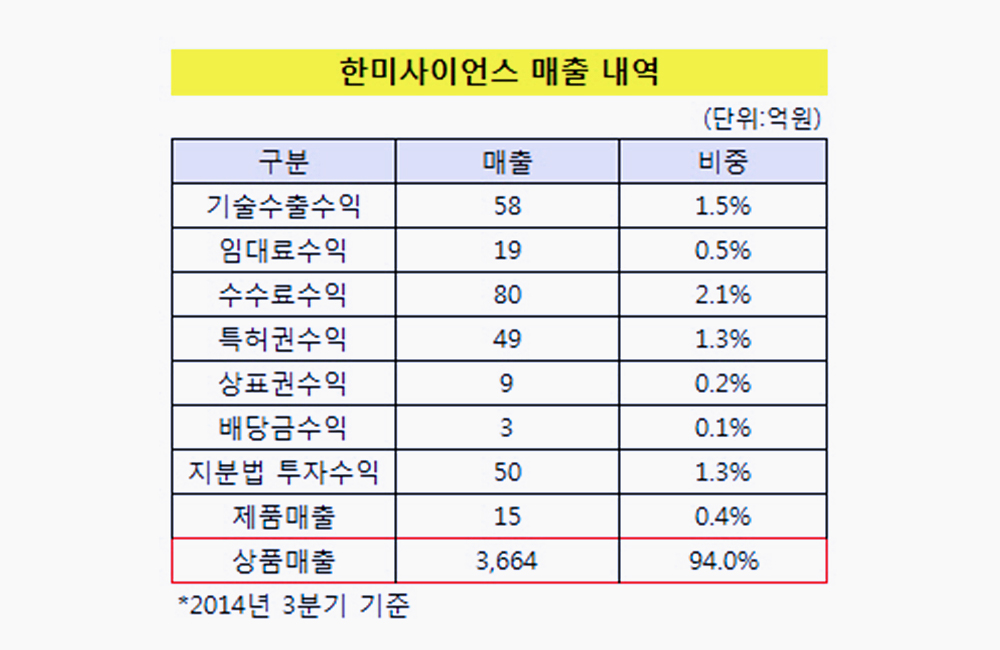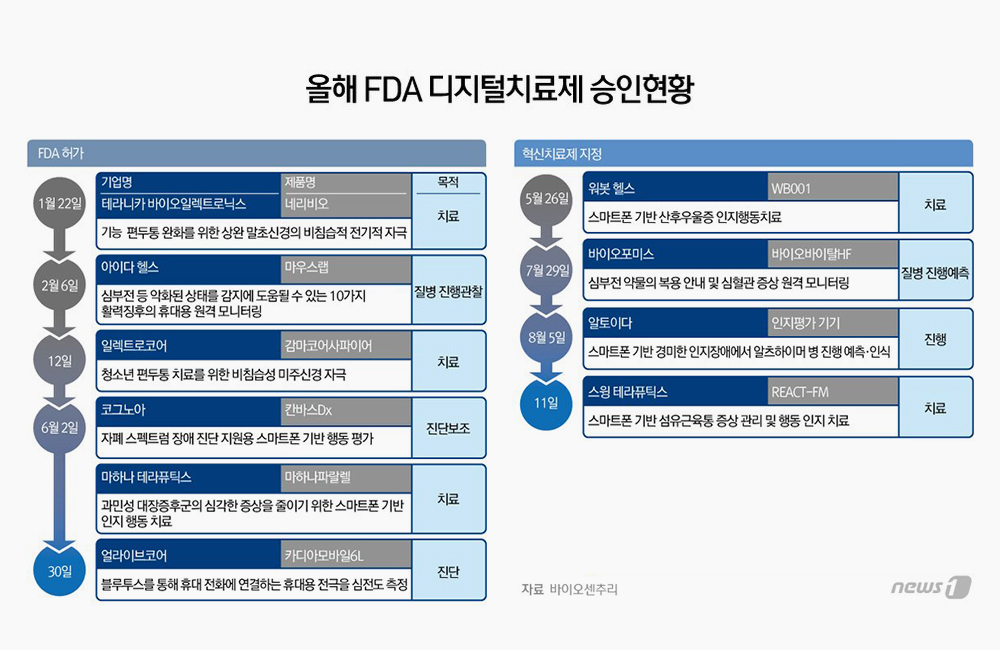Clinical trials were designed to assess the
safety and efficacy of new medicines and medical devices. But researchers and
patients have noted a positive side effect for decades: improved healthcare
delivery.
For many patients, joining a clinical trial
offers enhanced medical care and treatment, known as clinical research as a
care option (CRAACO). This is because clinical trials are resourced differently
than the average clinic or community hospital, providing a more robust network
of caregivers, clinical technology and support to address individual patient
needs.
For those experiencing rare or complex
diseases for which there are few or no treatment options, CRAACO may be one of
the only paths to improve their condition or extend their lives. We also know
that when patients are offered research options, it translates to greater
confidence and hope, as well as improved health outcomes, all while
accelerating medical research.
The paradigm shift to more patient-centric,
technology-enabled decentralized clinical trials (DCTs) during the Covid-19
pandemic also generated an opportunity to strengthen patient care during
clinical trials. By strategically selecting and deploying technology products
designed to improve the patient experience, researchers can deliver greater
value to participants by creating more patient-caregiver touchpoints digitally
while reducing the number of in-clinic visits and minimizing overall disruption
to their daily life.
CRAACO’s translation to hybrid environments
DCTs became necessary during the pandemic
to maintain patient and provider safety while ensuring critical clinical
research continued during lockdowns. That experience proved that DCTs bring
powerful new value to everyone involved—most importantly, to patients who
benefited from more flexible trial engagement options supported by technology
solutions.
The use of electronic consent (eConsent)
products, telehealth services, direct-to-patient shipment of medication,
electronic clinical outcomes assessments (eCOA), and other decentralized
operational technology solutions allowed sponsors to enhance the patient
experience while expanding their geographic reach. For patients, that now means
their ZIP code is no longer a primary barrier to research participation by
making their home a center for healthcare delivery and data collection during
the trial.
When paired with the new DCT model, CRAACO
has an enormous impact on people’s lives—as it gives more patients access to
research participation when other existing interventions are not working.
Individuals can receive a superior level of care, as their physicians are able
to connect with them at a much more frequent cadence in comparison to a
traditional trial model when communication is limited to site visits.
In DCT environments, patients may be asked
to complete more regular tasks than in a traditional site-based trial, such as
inputting biometrics or completing diaries. However, many perceive that as an
improvement from a traditional model that would require regular time-consuming
in-person visits at a hospital site—sometimes an hour or more away from their
home. For this reason, DCT study teams are resourced to offer patients 24/7
support through chat functions or call centers.
With more trial data flowing directly and
regularly into the study database, this model also supports improved safety as
risk signals are detected in real-time compared to a traditional model where
health metrics and study data are only gathered during on-site visits.
Trial execution: the use of digital tools
for better patient care
The goal of clinical operations leaders
today is to lower the burden of participation while creating highly engaging,
patient-centric trial experiences that ultimately accelerate actionable
insights and deliver new medicines and devices to market faster. Enter clinical
technology solutions.
Our industry experienced a rapid increase
in deploying products such as eConsent, wearable devices, eCOA, telehealth and
chat support, all of which are implemented to improve patient outcomes during
trials. Here’s some more insight into how some of these tools operate and
benefit patients:
eCOA: eCOA platforms intelligently automate
and capture a patient’s experiences through robust and reliable electronic
measures. The use of such technology provides real-time insights that inform
trial progress and demonstrate results. This results in increased patient
engagement, inherently improving care.
eConsent: Several years ago, the first step
in a clinical trial was receiving an Informed Consent Form (ICF), which was
long, complex and made it difficult for patients to understand what they were
signing up for—making clinical trials scary for many. These days, eConsent
makes it easier for patients to understand what’s involved in a clinical trial,
highlighting the pros and cons with multimedia learning tools that better
support patients through the consenting process—resulting in increased
retention.
Connected devices: As telehealth becomes
prominent, connected digital medical devices play a more critical role by
reducing the burden on patients. For example, health data can be collected
using an Apple Watch or other actigraphy device and fed into the central data
repository of a trial, reducing the number of in-person patient assessments at
a site and making the site visit shorter for the patient. Connected devices accelerate
trial outcomes by streamlining the selection and deployment of medical devices
to collect and analyze data.
A new era of healthcare
The Covid-19 pandemic increased our global
population’s understanding and awareness of clinical trials. We’re also learning
that it had a positive effect on improving the perception and interest in
clinical trial participation.
This openness presents an exciting
opportunity for the biopharma industry to engage with patient communities and
accelerate research. But in order to capitalize on this opportunity for greater
engagement, we as an industry must consider the patient experience—their burden
of participation and their health outcomes—at every decision point.
Technology-enabled trials must become a permanent part of clinical research as
they promote efficiency, speed, scale—and care delivery.









